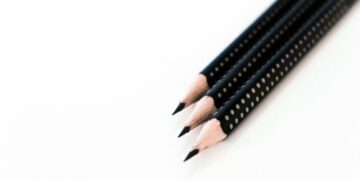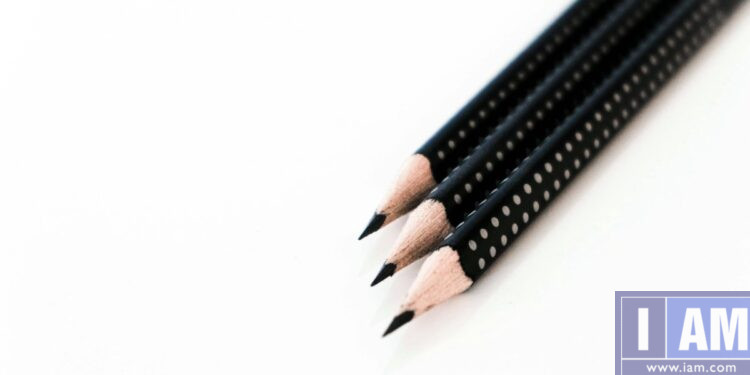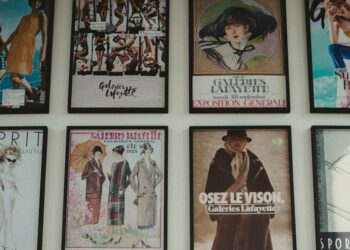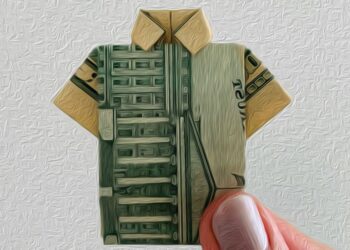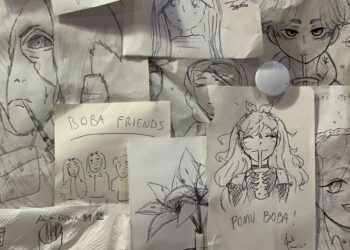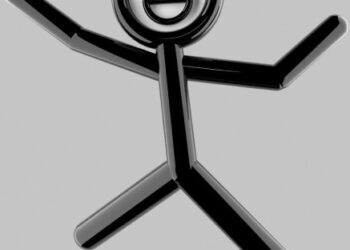The art supply industry thrives on convincing beginners that they need everything. That gorgeous 150-piece set. The professional easel. The tablet with 8,192 pressure levels. Here’s what nobody tells you: most professional artists built their skills with less than what’s in your junk drawer right now. Strip away the marketing noise, and you need exactly five tools to start your artistic journey.
1. Pencils (Yes, Plural, But Only Three)
Forget the 12-piece graphite sets. You need three pencils: A 2H (hard lead and light shade), HB (medium), and 4B (soft lead with dark shade). The 2H gives you light construction lines that won’t muddy your work. The HB is your workhorse for general drawing. And, the 4B provides rich darks with some expressive lines.
Why these three? They force you to master your pressure control instead of reaching for a different pencil. The cost: Only $3 total for decent ones.
2. Kneaded Eraser
Not the pink ones from school. A kneaded eraser ($2) is your precision tool and it is also your blending instrument. Pull it apart to clean it. Shape it into a point for details. Press it gently unto your drawing to lighten areas without destroying your paper texture. It doesn’t leave crumbs and it lasts months. This single eraser teaches you that removing marks is just as important as making them.
3. Copy Paper
Not a sketchbook. Not special drawing paper. Regular printer, copy paper. That should cost about 500 sheets for $5.
Sketchbooks intimidate beginners into “saving” pages for “good” drawings. Copy paper removes all that pressure. Draw badly. Draw boldly. Draw constantly. Just draw. When you’ve filled 200 sheets with terrible drawings, then you will have learned more than someone protecting their precious sketchbook pages. You might graduate to better paper after you’ve earned it through producing by volume.
4. A Ruler
Any ruler. The one in your desk is fine. Download a printable one. That works to. This is not for making perfect lines. This is for spot checking your proportions, assisting your understanding of perspective, and creating some guidelines. Artists who skip this tool wonder why their drawings look a little bit “off.” It’s usually because they trusted their eyes too soon. Your eyes can lie to you, yes lie. Rulers don’t lie to you.
5. Your Phone’s Camera
The most underutilized tool that you already own is likely your phone’s camera. Use it to photograph your work everyday. You’ll see mistakes instantly that your eyes had missed. You could flip your photos horizontally to check for balance. And, you can also convert to black and white to check your shading values. Build a progress folder with your pics. Your phone also provides for an infinite number of reference photos and access to tutorials.
The $12 Investment
These five tools should cost you less than a movie ticket. You might already own some of them. Here, there are no subscription fees. There is not a learning curve. And, you don’t have to waste time with storage problems. These will fit into a ziplock sandwich bag. They can be used to teach every fundamental skill: line, value, proportion, observation, and correction.
The artists that you admire most likely didn’t start with better tools. They just started. Period. These five tools should remove every excuse between you and you making your art.
Stop shopping. Start drawing. Your tools are already enough.
